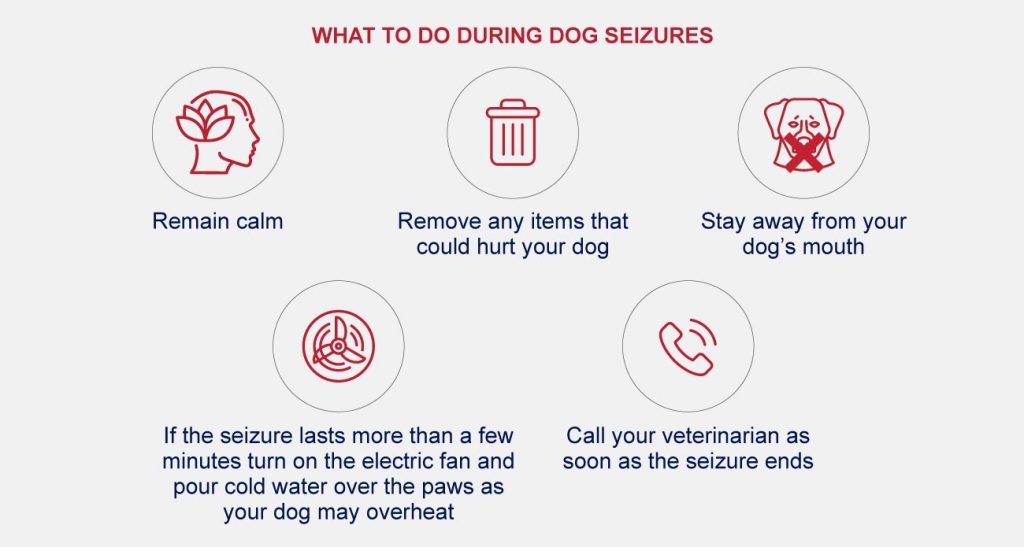HEALTH & WELLNESS

TRENDING

We’re excited and honoured to feature South Africa’s second largest independent animal welfare organisation on PetlifeSA.
What To Do During A Dog’s Seizure

WARNING SIGNS OF EPILEPTIC SEIZURES IN DOGS
There are often warning signs when a dog is about to have a seizure. A dog may begin to act scared, dazed, stressed or anxious without cause. Dogs may also have trouble seeing, experience muscle and limb contractions, and even lose bowel and bladder control. Before a seizure, dogs may look dazed, seem unsteady or confused, or stare off into space. Dogs seem to have a “sixth sense” about certain upcoming events. Dogs have been known to seek companionship immediately before seizures while others may try to hide.

SYMPTOMS OF EPILEPTIC SEIZURES IN DOGS
Once the seizure(s) begins, the dog may fall on one side and become stiff. The dog may chomp its jaw, salivate profusely, pant excessively, drool or foam at the mouth, urinate, defecate, vocalise, and/or paddle with all four limbs. There may be jerking, muscle twitching, tongue chewing or even loss of consciousness. Seizure activities generally last between 30 and 90 seconds. If a seizure lasts over five minutes, your dog is more at risk of falling into a coma or having internal organ damage. In the instance of a partial seizure, the seizure will only affect a small part of the dog’s brain, and be seen in only one limb, one side of the body, or just its face.

WHAT TO DO DURING A DOG’S SEIZURE
It is important to remain calm and provide reassurance to the dog that all will be fine. Panicking will only increase the dog’s anxiety. Remove any items that could hurt the dog during the seizure. Remove children and other pets from the area.
Stay away from the dog’s mouth, as you could get unintentionally bitten. A dog can’t choke on its tongue, so there’s no need to worry about that.
If the seizure continues for more than a couple of minutes, the dog will be at risk of overheating. Turn a fan on and pour cold water on the dog’s paws to help him cool down.
Observe your dog closely. As soon as the seizure ends, make sure to call your veterinarian.
If the dog has a seizure that lasts more than 5 minutes or if he has several in a row while he’s unconscious, take him to a veterinary as soon as possible. The longer a seizure goes on, the higher a dog’s body temperature can rise, and he may have problems breathing. This can raise his risk of brain damage.

POST-SEIZURE SYMPTOMS
Some dogs may act as if nothing happened after the seizure(s) while others will show altered behavioural characteristics. This includes periods of confusion and disorientation, aimless wandering, compulsive behaviour, momentary blindness, pacing, increased thirst, and even an increased appetite. Recovery may be immediate or take up to 24 hours. Younger dogs seem to have more severe epilepsy. When the onset is before the age of two, the condition will respond positively to medication. But the more seizures a dog has, the more likely there is to be damage among the neurons in the brain.
Seizures are best met head on, so early detection and treatment is essential.
Related Articles









